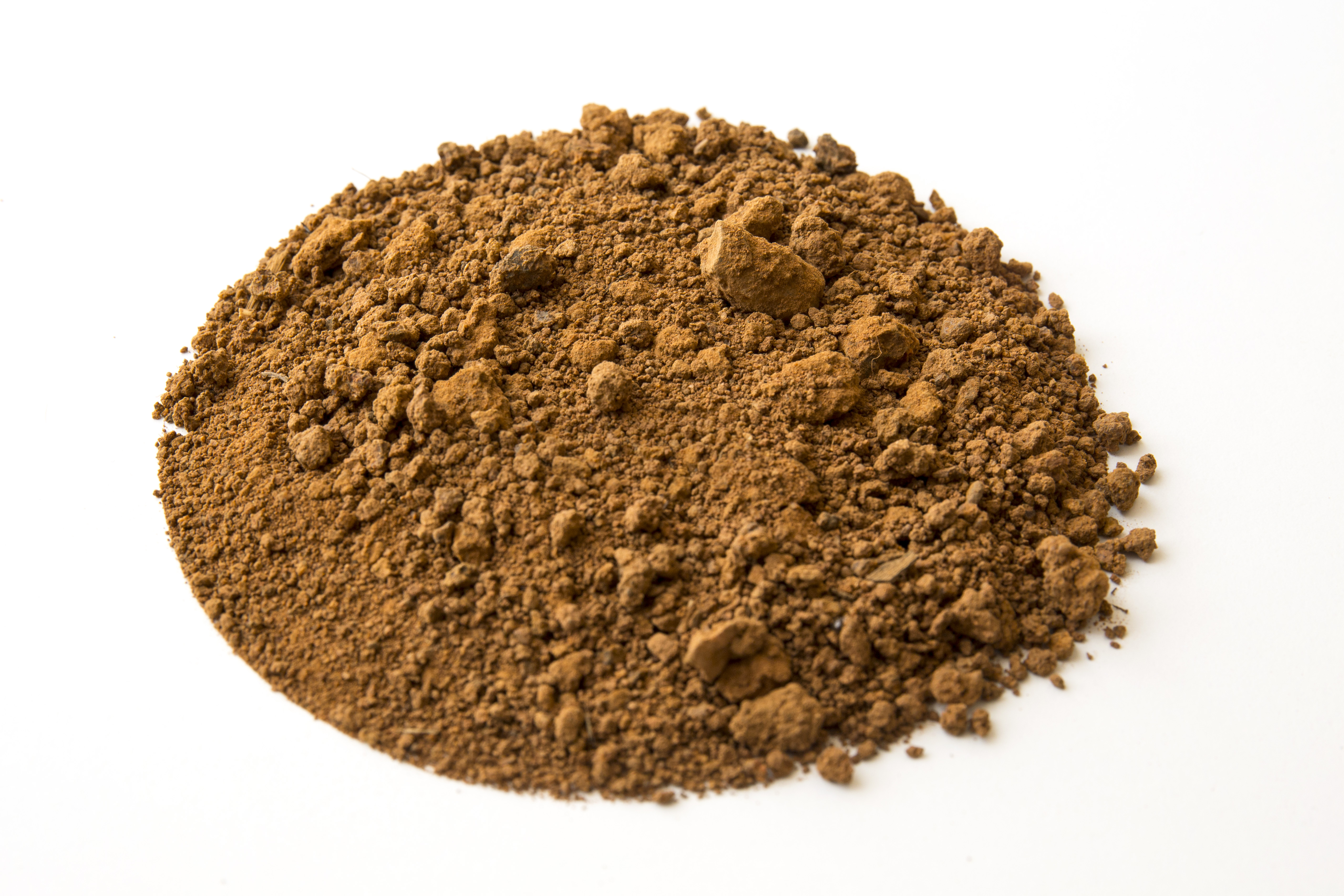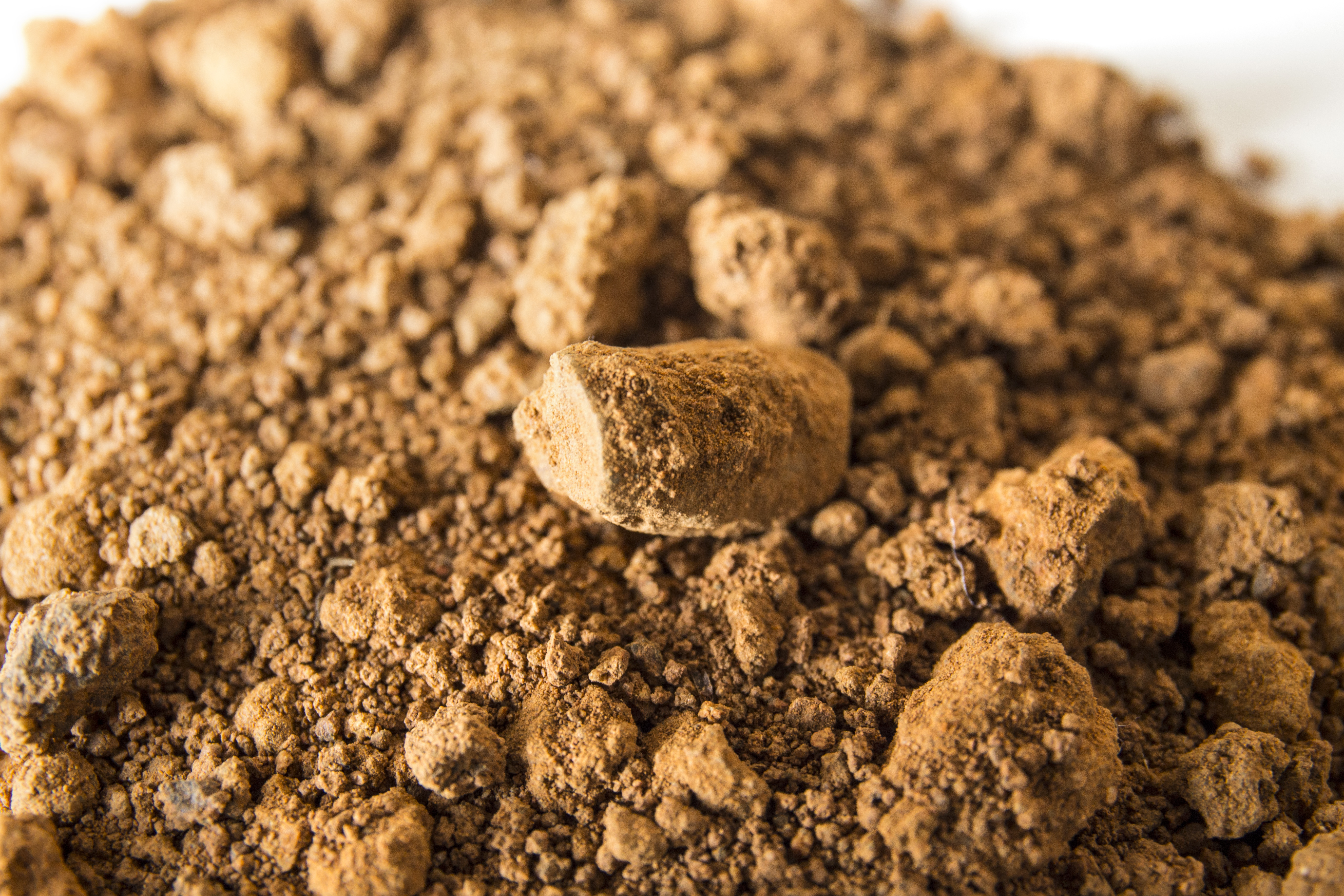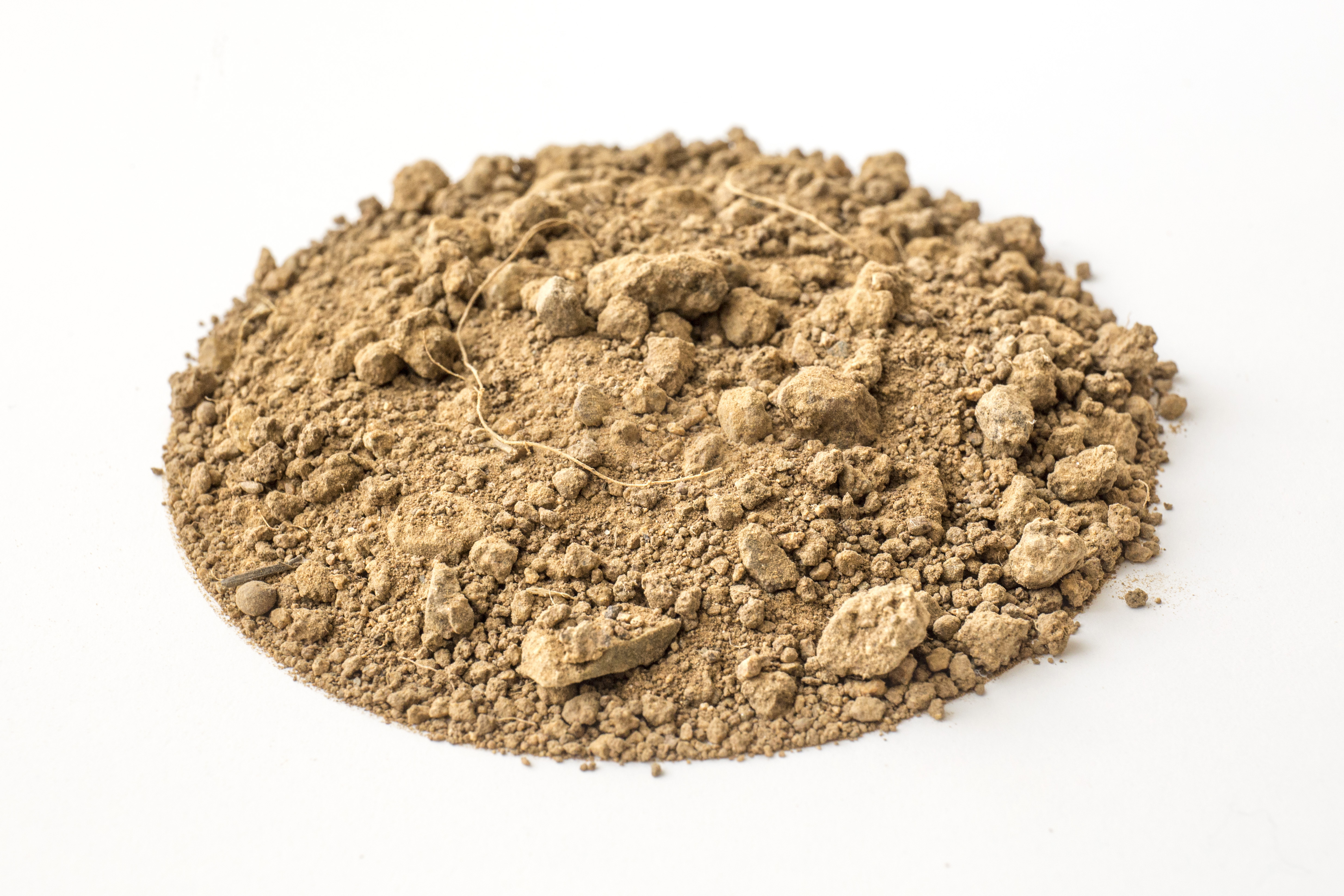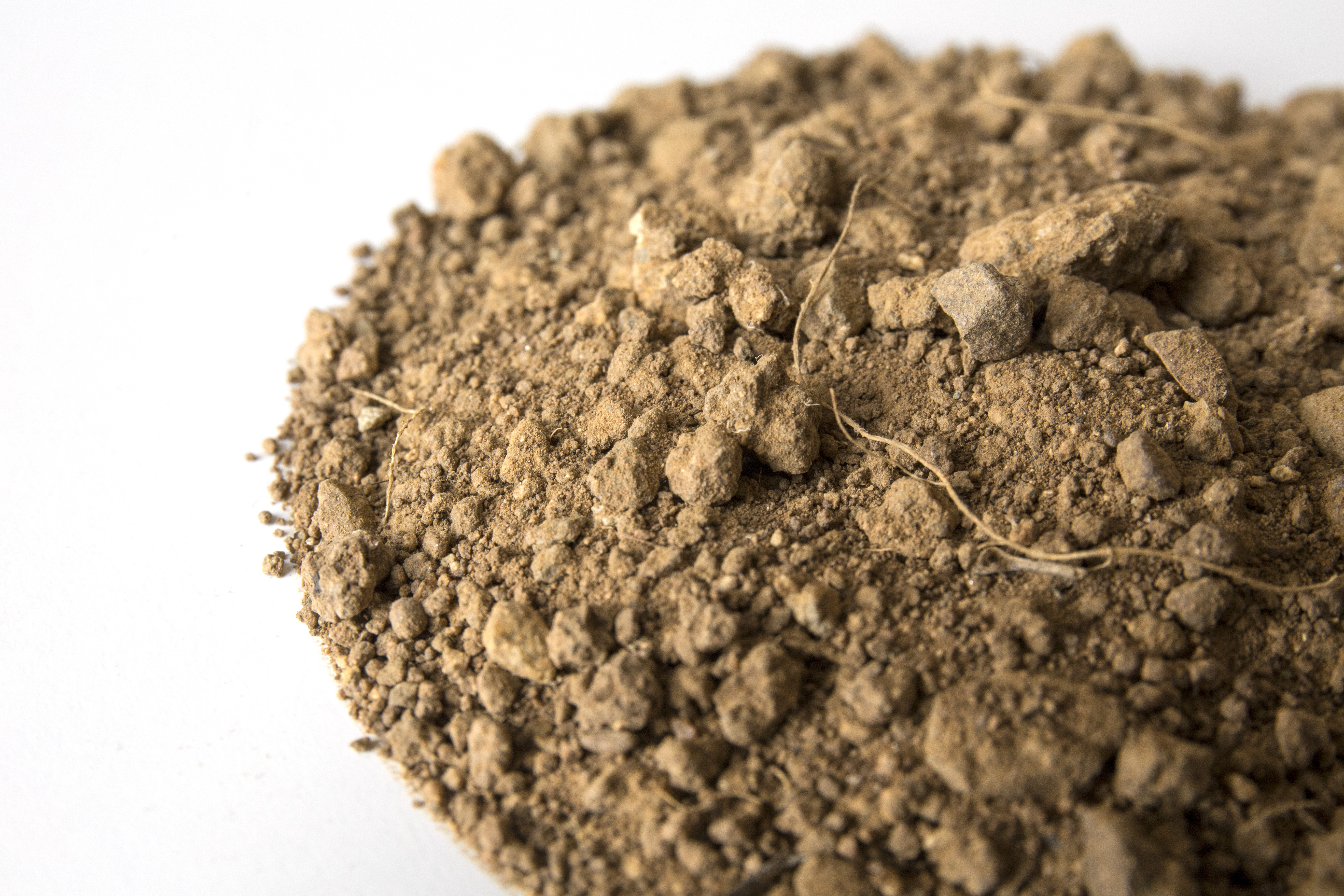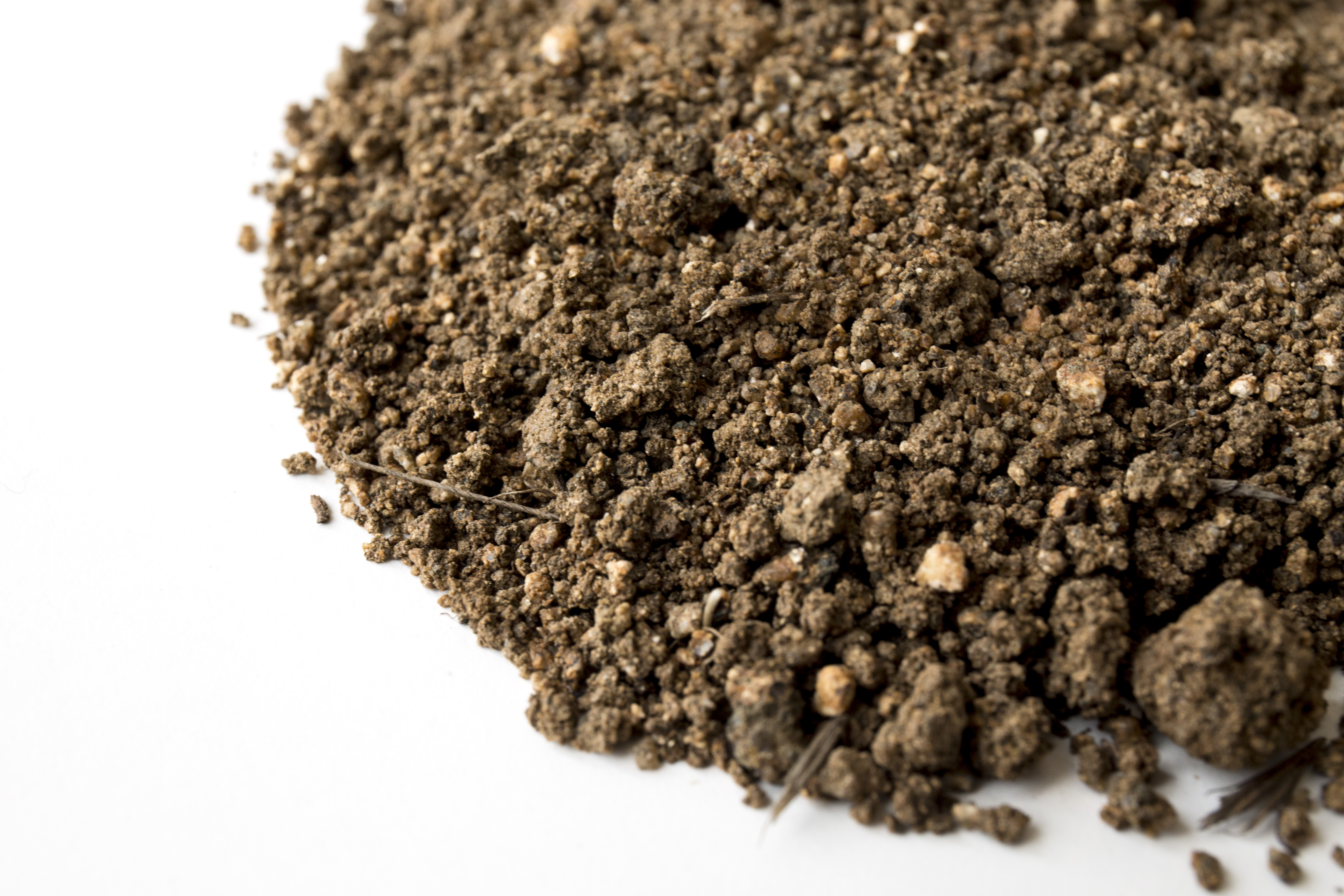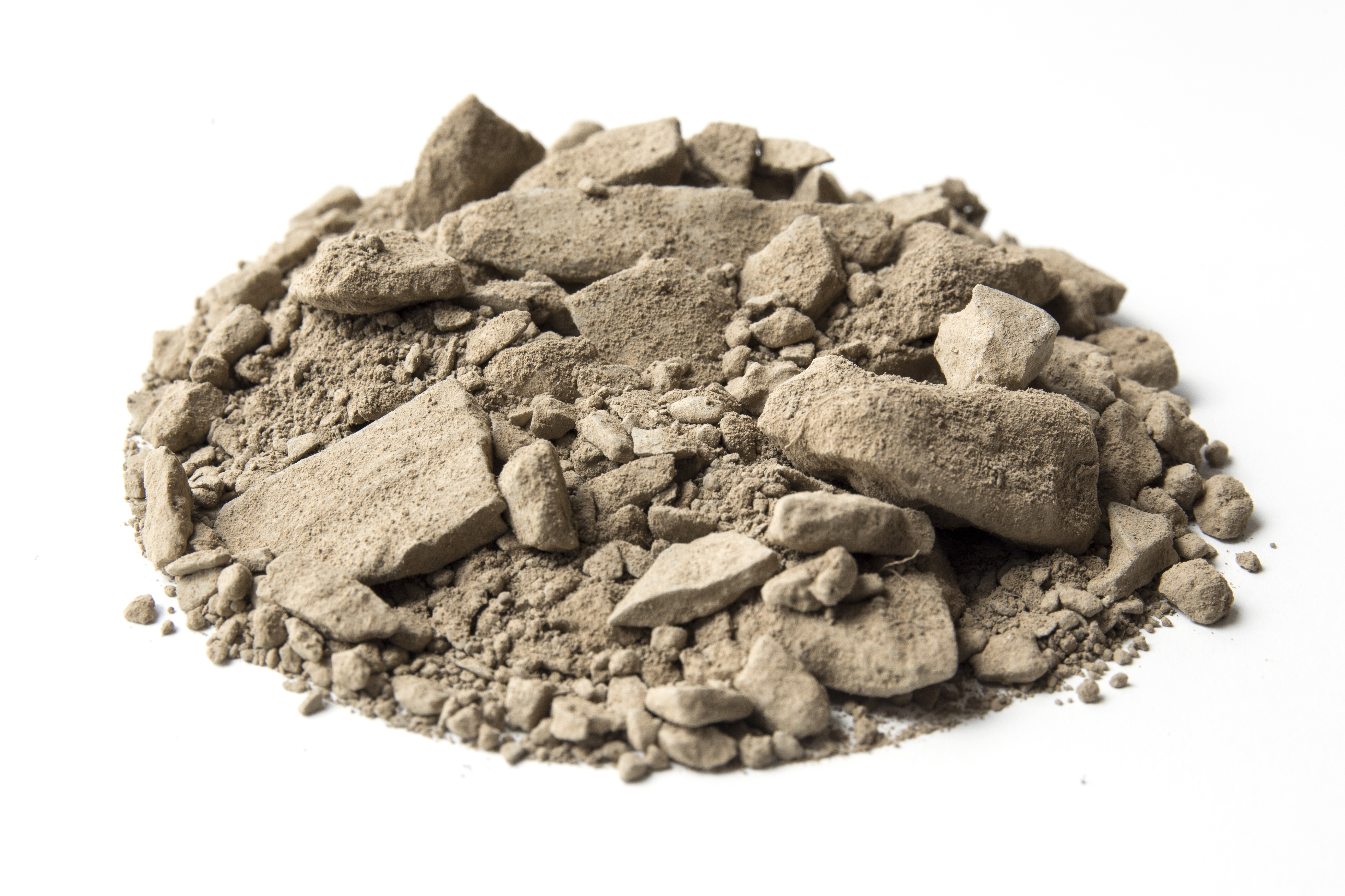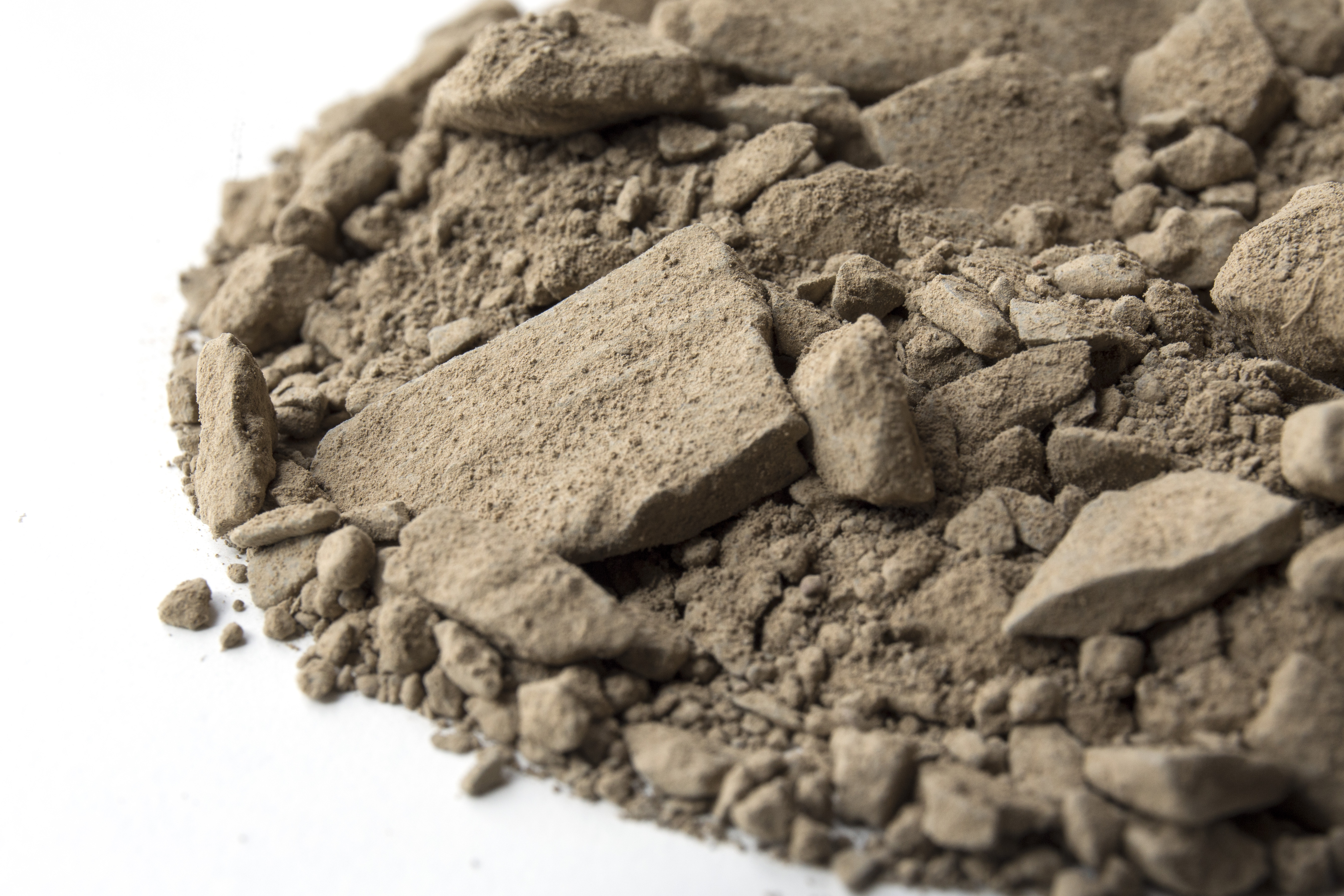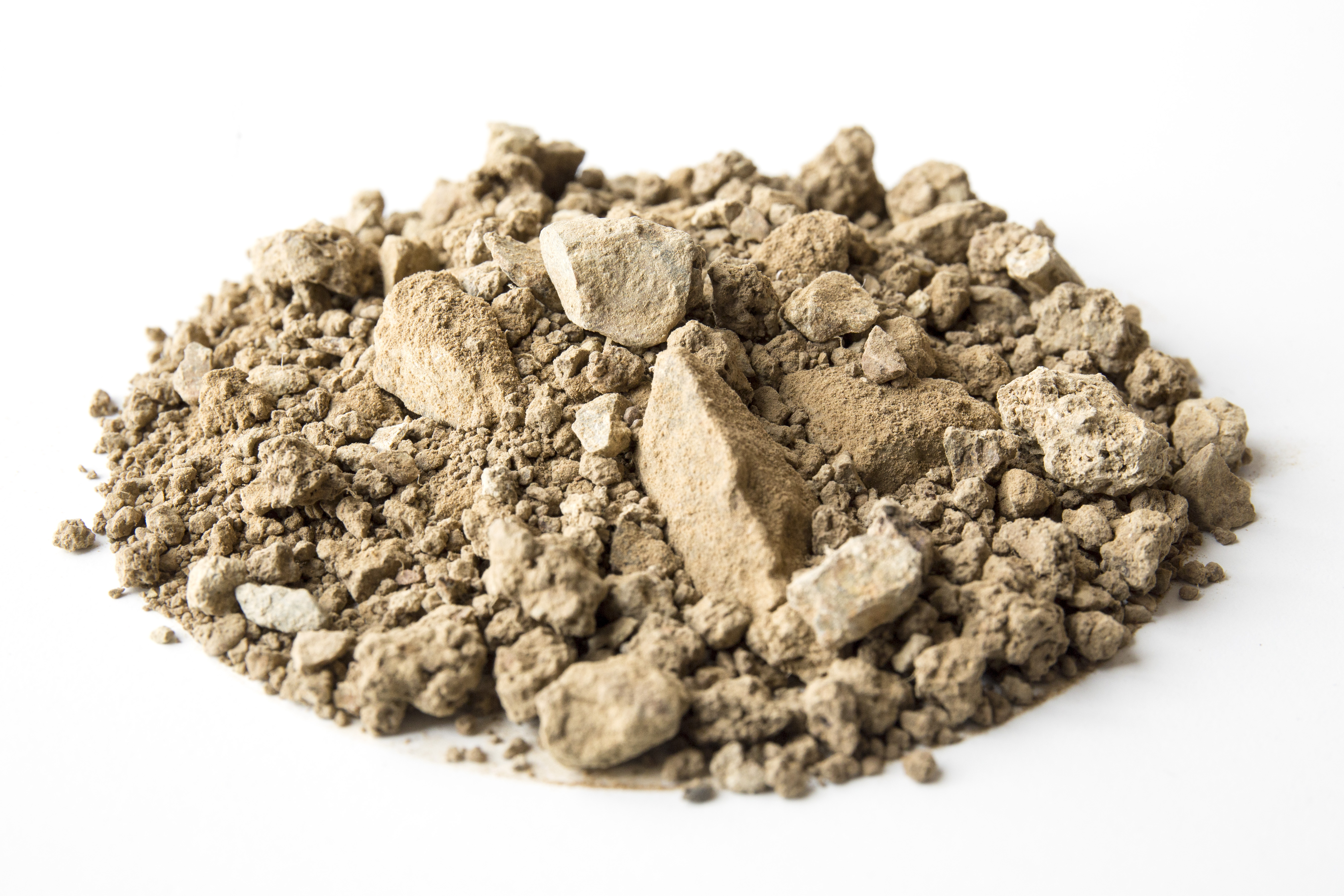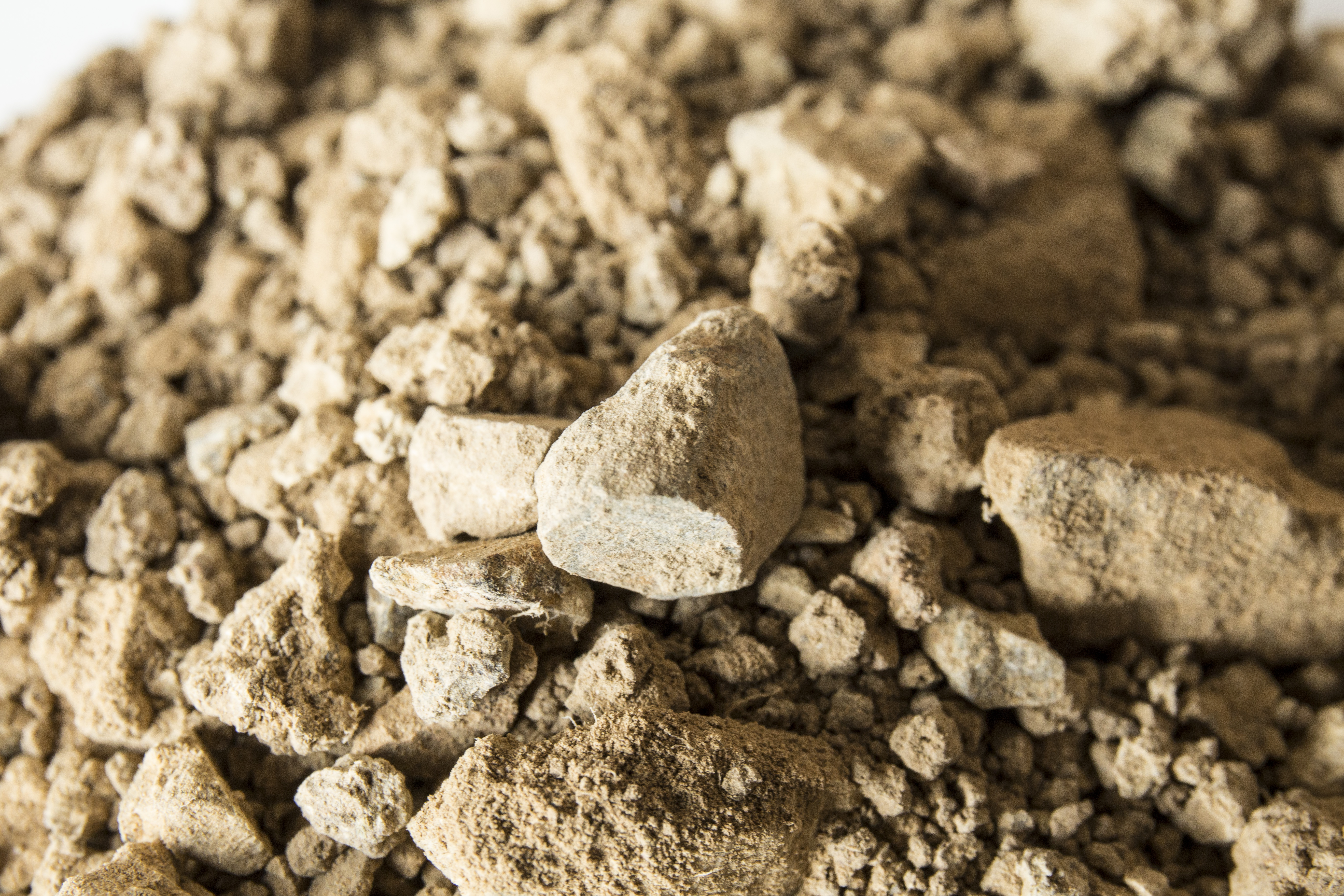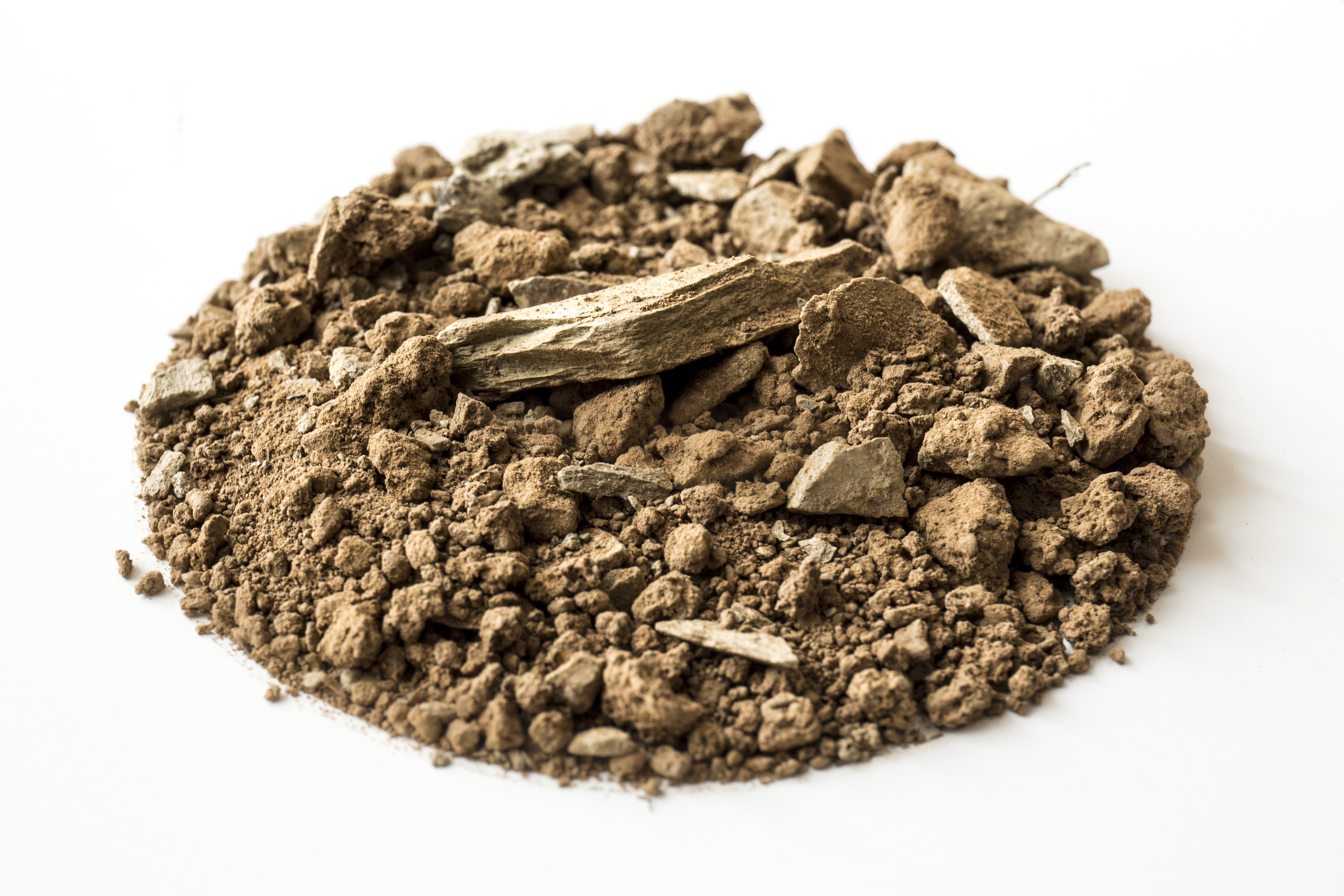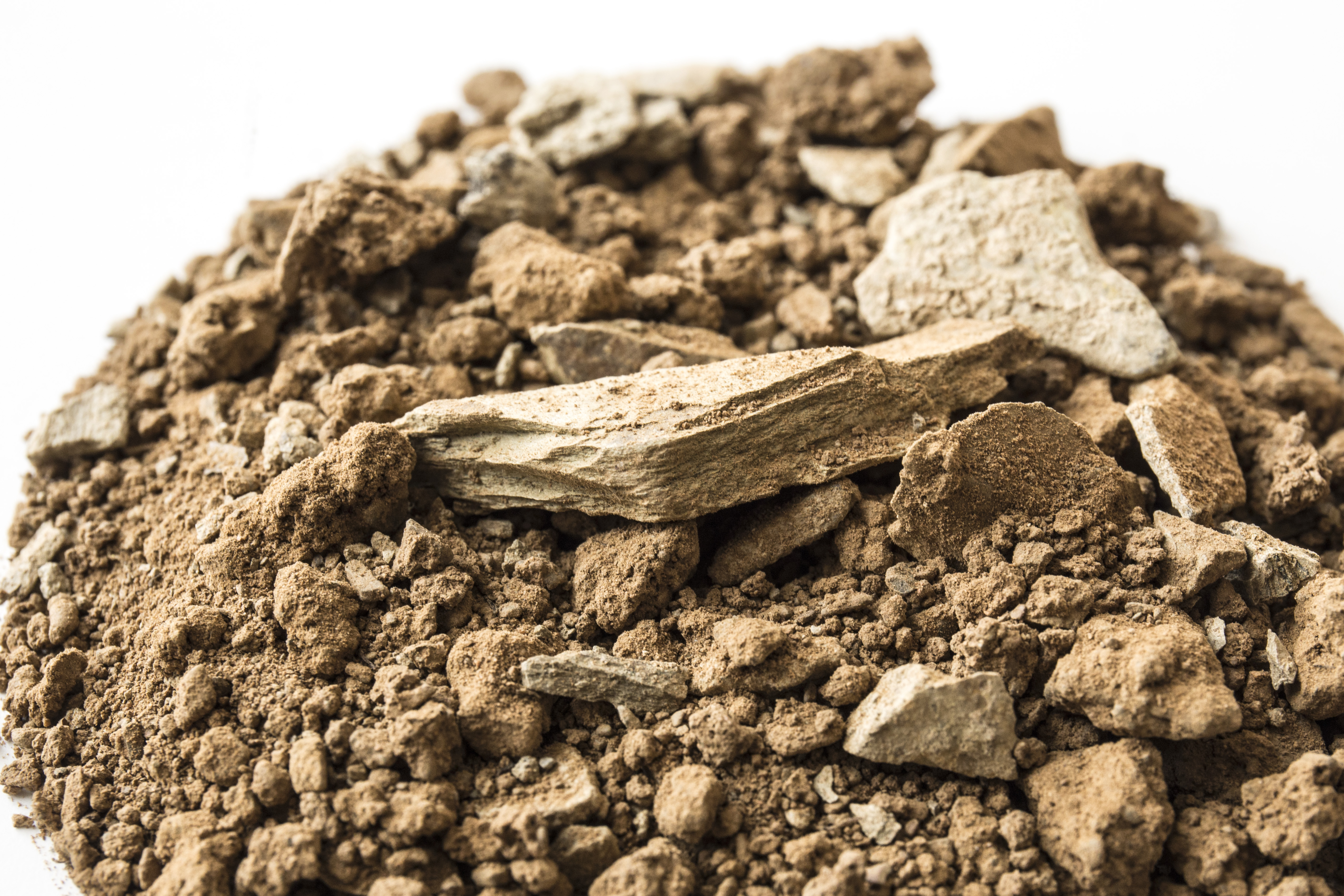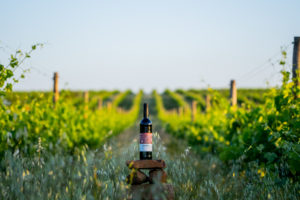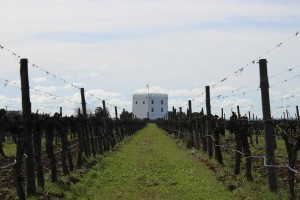This journey represented a process of change and learning. The field work enabled us to understand that Herdade do Esporão’s vine-growing areas have an extensive geological history and a much greater complexity than we imagined.
We discovered seven types of soils, with different colours, textures and rocks.
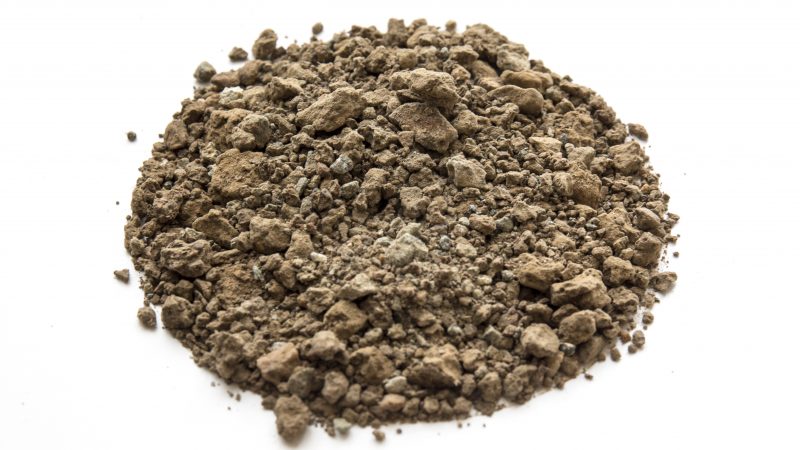
General Morphological Description: Mediterranean soils, reddish or yellowish, of non-calcareous material, normal, of schist rocks or greywackes.
Texture: Sandy clay loam
Colour: Reddish Brown
Age: 500 million years
Terroir Expression: this soil is well oxygenated and decompressed. according to Claude Bourguinon, this is one of the most interesting terroirs at Esporão’s Estate. The clay gives this type of soil greater water retention capacity, and is found in the deepest layers, under a surface layer of schist. The vine’s root must puncture the schist layer to reach the clay. When the schist is pierced, a canal opens and creates a ring of silica which, in contact with the root, will bring minerality to the grape, and hence the wine.
Wine originated from this soil type: Esporão Colheita Branco
General Morphological Description: Mediterranean soils, red, of non-calcareous material, normal, of diorites
Texture: Loam to Clay Loam
Colour: reddish Brown
Age: 300 million years
Terroir Expression: sample from ‘Andorinhos’ vineyard. Moderately fertile soil, where the Syrah and Petit Verdot varieties predominate. This Syrah is usually included in the composition of Defesa Rosé. Typically, the tannins do not ripen as much. Generally develops wines that are fruitier and with more acidity, and also have less structure. In these vines, the aromatic component prevails over colour, structure and tannins
Wine originated from this soil type: Defesa do Esporão Rosé
General Morphological Description: Mediterranean soils, brown, of non-calcareous material, normal, of quartz diorites
Texture: Sandy Clay Loam
Colour: Reddish Brown
Age: 300 million years
Terroir Expression: sample from ‘Paus Altos’ vineyard where white varieties such as Arinto, Síria and Verdelho are planted. The fact that this soil has greater fertility and better water retention capacity, gives the grapes aromatic and acidic components, which are fundamental to the balance of white wines.
Wine originated from this soil type: Esporão Reserva White and Verdelho
General Morphological Description: Mediterranean soils, brown, of non-calcareous material, normal, derived from a type of diorites
Texture: Sandy Clay Loam
Colour: Brown
Age: 300 million years
Terroir Expression: sample from ‘Chavanco Seco’ vineyard. Grapes from 15-year-old vines, which are usually included in the composition of defesa wines. These wines are quite fruity (predominance of fresh black fruit) and are characterised by a very elegant profile, with fine tannins. The granite lends them great freshness and minerality.
Wine originated from this type of soil: Defesa do Esporão Rosé, with potential to produce Esporão Colheita Red
General Morphological Description: Schist lithosols or greywacke.
Texture: Silty loam
Colour: Light Brown
Age: 500 millions years
Terroir Expression: soil where the predominating variety is Syrah. This soil has low fertility, which results in low yields, but with very good ripeness, both phenolic and technological. Produces high sugar and phenol levels (which influences colour, tannins and aromas). This soil gives the wines complexity and minerality.
Wine originated from this soil type: Esporão Private Selection Red and Reserva Red
General Morphological Description: Mediterranean soils, brown, of non-calcareous material, normal, of schists or greywackes.
Texture: Loam to Silty Loam
Colour: Greyish Brown and Yellowish Brown
Age: 400 million years
Terroir expression: this type of soil, which is less fertile and contains schist, lends the wines texture, intensity and richness. These wines are more complex and rustic.
Soil type with potential to produce Esporão Reserva Red
General Morphological Description: Mediterranean soils, yellow, of thin schists.
Texture: Sandy Loam and Silty Loam
Colour: Yellowish Brown
Age: 500 million years
Terroir Expression: this soil is less fertile, which results in low yields, but with very good ripeness, both phenolic and technological. This produces high sugar and phenol levels (which influences colour, tannins and aromas). The schist gives the wines complexity and minerality.
This type of soil is planted with varieties such as Petit Verdot, Cabernet Sauvignon and Touriga Franca.
Wine originated from this soil type: Esporão Private Selection Red, Reserva Red and Colheita Red
For more details about Esporão’s Estate soils, click here.
